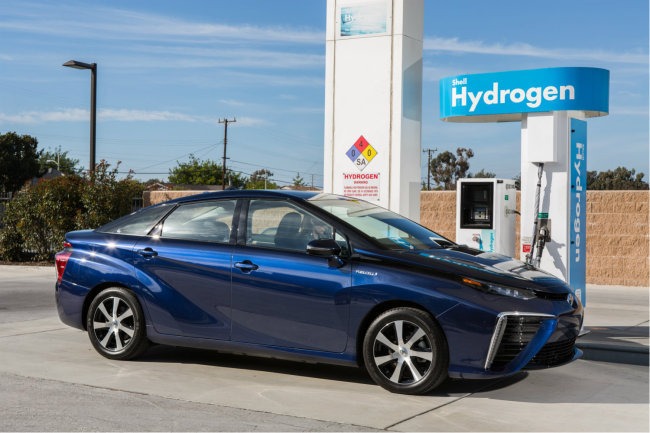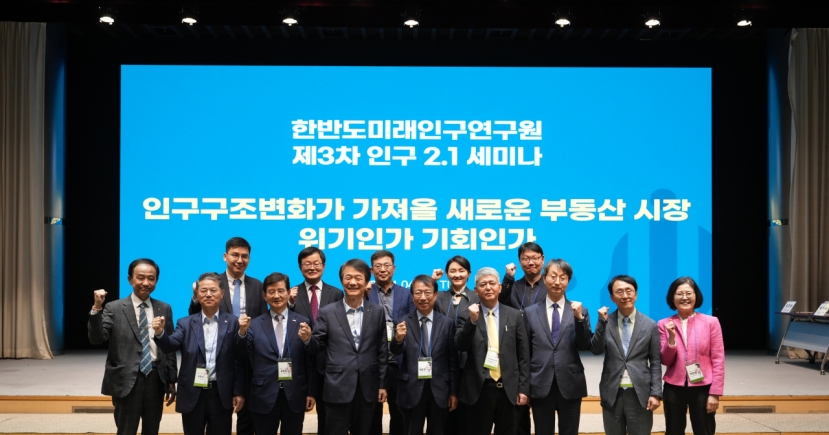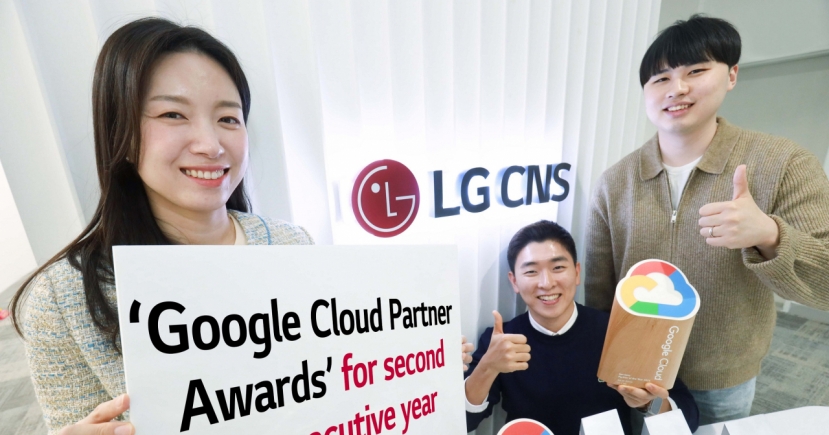Economy
Korea’s hydrogen-powered economy vision faces many hurdles
One of the key policy goals of the Moon Jae-in administration is to propell Korea as a hydrogen-powered economy, having unveiled a road map to becoming a global leader in related technologies.
To do so, the country plans to increase the production and use of hydrogen and fuel cell cars while building a system for the production and distribution of related fuel. The government aims to produce 81,000 fuel cell vehicles by 2022, 1.8 million by 2030 and 6.2 million by 2040. The economic effect is projected to reach 16 trillion won (US$14.22 billion) by 2020 before it extends to 25 trillion won in 2030.
At the center of this road map is Hyundai Motors, which developed the world’s first fuel cell car in 2013 and unveiled plans to invest 8 trillion won to build 500,000 hydrogen-based vehicles by 2030.
Hyundai’s hydrogen technology made Korea’s choice reasonable. “Considering Korea has the original technologies for fuel cell batteries, this direction is a reasonable choice, especially when considering that we have to pay a lot of royalties for electric vehicles,” said Lee Ho-geun, an automotive professor at Daeduk University.
 |
What naysayers say
To fulfill the daunting order that’s bound to need trillions of won, not everyone is welcoming the plan with open arms. Many suggest the hydrogen economy is too ambitious as the technology is unreliable with some firms keeping a distance.
To reduce their carbon footprint, global automakers are betting on different technologies. While the US and Europe are focusing on battery-based EVs, Korea, Japan and China have set their sights on fuel cell vehicles
The division in the environment-friendly energy market forms a challenge to Korea in the future. Overseas markets are as important as the domestic market for an export-driven country like Korea.
“The government aims to produce 4,000 fuel cell cars this year. If it provides a subsidy of 300 million won per car, that’s 120 billion won, which is taxpayer money,” automotive engineering professor Kim Pil-soo at Daelim University said. “Let’s say you meet the demand with government aid here, but the real question is how to create overseas demand without government assistance.”
Kim’s concern is based on the forecast that EVs will gain more popularity in the future. As of end-2018, the accumulated sales of fuel cell vehicles worldwide reached only 10,000 units. This compares with 1.66 million EVs sold. The gap is expected to expand partly due to economic reasons.
By 2020, the number of EVs and fuel cell vehicles are forecast to reach 3 million and 32,000 units, respectively, by 2020.
“It’s not that carmakers in the US or in Europe don’t have the capability to produce fuel cell cars. Rather they are not willing to make them,” Kim added. “It is hard to predict but so far EVs are economically more viable.”
A fuel cell vehicle costs about 70 million won to 80 million won while Tesla’s Model 3, the most sold EV in 2018, has a price tag of US$35,000. In addition, building one charging station needs more than 3 billion won, enough to build 1,000 EV charging stations
Some Korean companies have joined the move to push EV battery technologies. LG Group said on Feb. 21 that it is withdrawing from its fuel cell business, saying that it would focus on other areas with a competitive edge. LG sold LG Fuel Cell Systems in Ohio, a US-based subsidiary, for which it poured more than 260 billion won between 2012 and 2017 to commercialize fuel cell batteries.
“Korea has advanced fuel cell technologies and the odds are high that fuel cell cars and EVs coexist in the future,” Kim said. “But since it would take a long time for commercialization of fuel cell cars, we cannot afford to lose the EV market.”
By Park Ga-young (gypark@heraldcorp.com)


![[Exclusive] Korean military set to ban iPhones over 'security' concerns](http://res.heraldm.com/phpwas/restmb_idxmake.php?idx=151&simg=/content/image/2024/04/23/20240423050599_0.jpg)




![[Herald Interview] Bridging Korea, Philippines for better future](http://res.heraldm.com/phpwas/restmb_idxmake.php?idx=151&simg=/content/image/2024/04/23/20240423050735_0.jpg)
